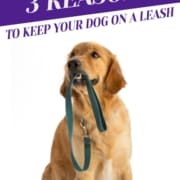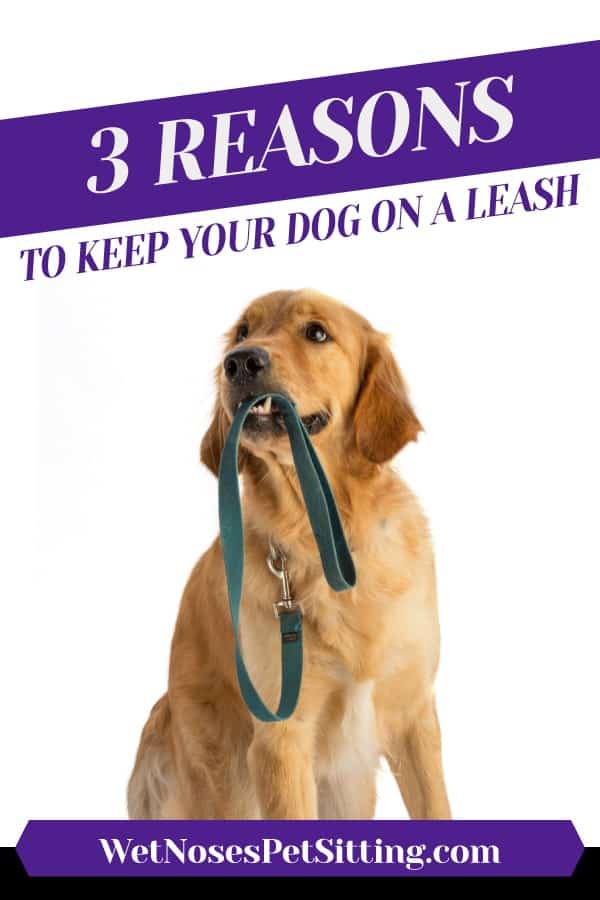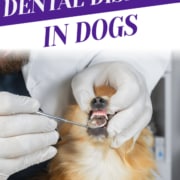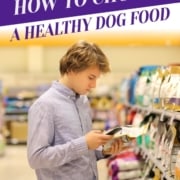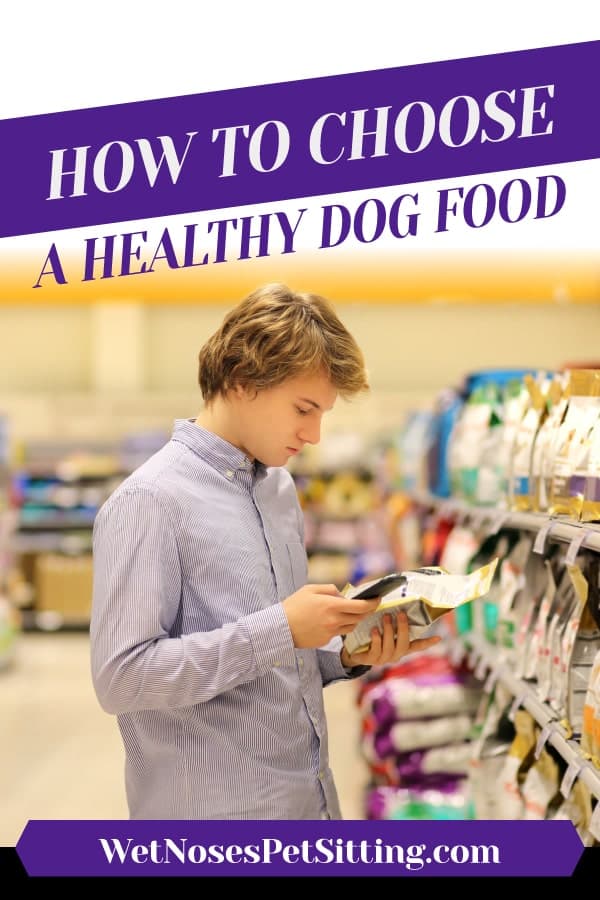3 Reasons to Keep Your Dog on a Leash
While letting your dog off their leash can make walks more fun and relaxing for both of you, it comes with many risks. Even the most well trained dog can be injured or spooked while off leash. Here are three of the big reasons you should keep your dog on-leash.
1. Other Dogs
Your dog may be the friendliest, most social and well behaved dog, but that does not mean every dog you encounter will be. Many dogs (and owners) are not comfortable with a dog coming up to them without their permission. If your off-leash dog goes up to an unfriendly dog, he may get bitten or hurt.Keeping your dog on-leash will avoid this problem.You should never assume another dog is friendly or wants to be greeted until you get permission from the owner.
2. Wildlife
One of the big tips for keeping your dog safe from wildlife is keeping your dog on-leash. This is because when your dog goes to explore, he may scare a wild animal and get harmed by this animal. Generally people are much louder, so the wildlife can avoid you and your dog.Do not underestimate your dog’s curiosity and prey drive, many dogs will chase wildlife if they can. Your dog could get hurt or lost during the chase.
3. Other people
Not everyone likes dogs. An unleashed dog walking towards someone afraid of dogs can be very scary.An unleashed dog walking towards someone who likes dogs can be just as bad. I have been around dogs my entire life and am dog lover, but if an unleashed dog approaches me on a trail I am not ok with it. I have no way to know if this dog is friendly or aggressive, and I would rather not find out with a bite. This can particularly be an issue if your dog wants to greet and be best friends with everyone he meets.Most people who do not like dogs, really do not like dogs coming up them to say hello. In a public place(like a trail or neighborhood sidewalk) keeping your dog on-leash is the respectful thing to do.
Off leash training can be a very useful tool in your dog’s training, but it is not a good skill to use in public places.In addition to these three reasons, most cities have leash laws which can be enforced with a citation, so you should think twice before letting your dog off leash.

